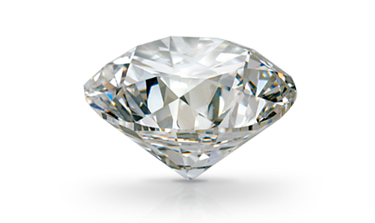
Diamonds are among narture's most precious and beautiful ceations. This hardest gem of all is made of just one element: carbon. It's valued for its colorless nature and purity. Most diamonds are primeval - over a billion years old - and form deep within the earth.
Diamond forms under high temperature and pressure conditions that exist only about 100 miles beneath the earth's surface. Diamond carbon atoms are bonded in essentially the same way in all directions. Another mineral, graphite, also contains only carbon, but its formation process and crystal structure are very different. Graphite is so soft that you can write with it, while diamond is so hard that you can only scratch it with another diamond.



Diamonds are the hardest material on earth: 58 times harder than anything else in nature.
The average yield in most diamond mines is 1 part diamond to 1 million parts host rock.
Fifty light years from earth, this star is a 10 billion-trillion-trillion carat diamond.

The less color, the higher the grade. Even the slightest hint can make a dramatic difference in value.

Clarity grades assess the number, size, relief, and position of inclusions and blemishes.

Cut (proportions, symmetry, and polish) is a measure of how a diamond’s facets interact with light.

Rarity means larger diamonds of the same quality are worth more per carat.

